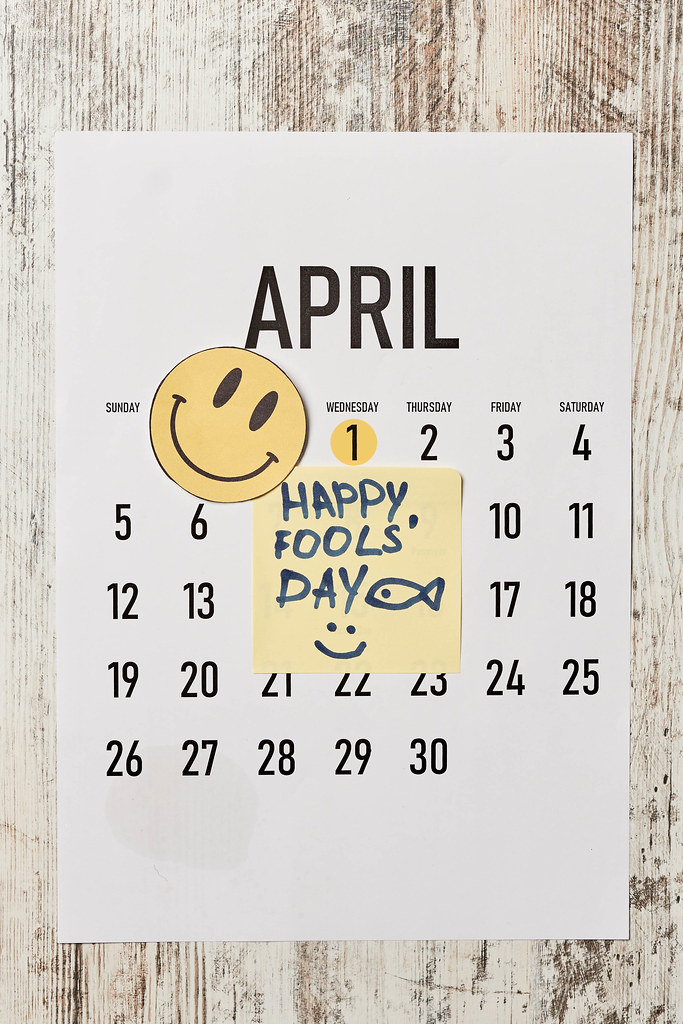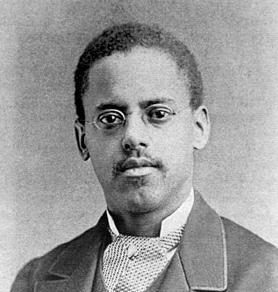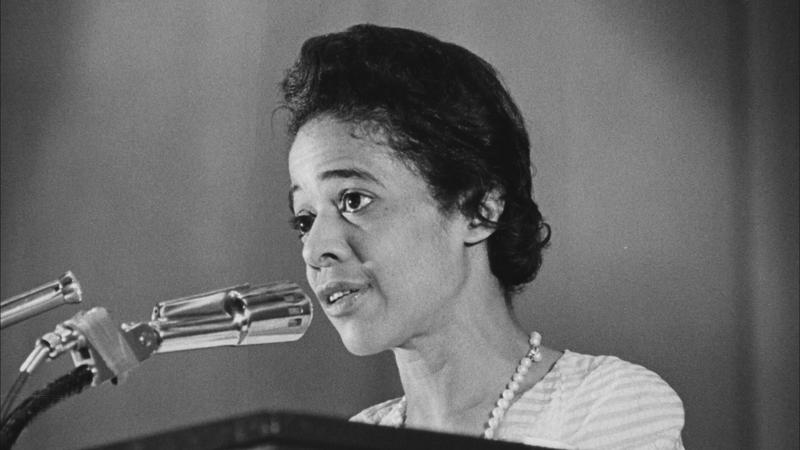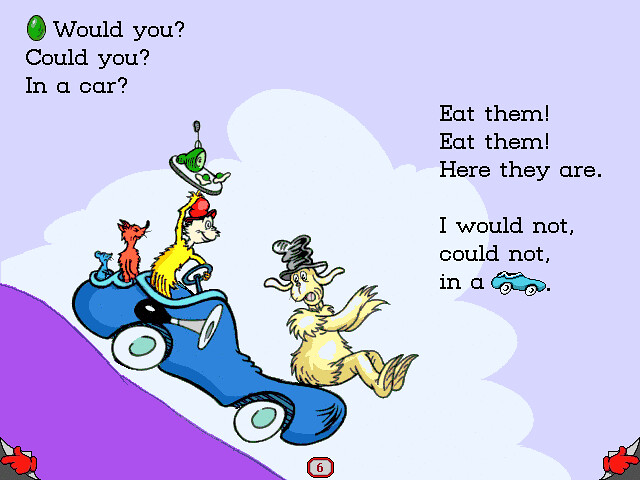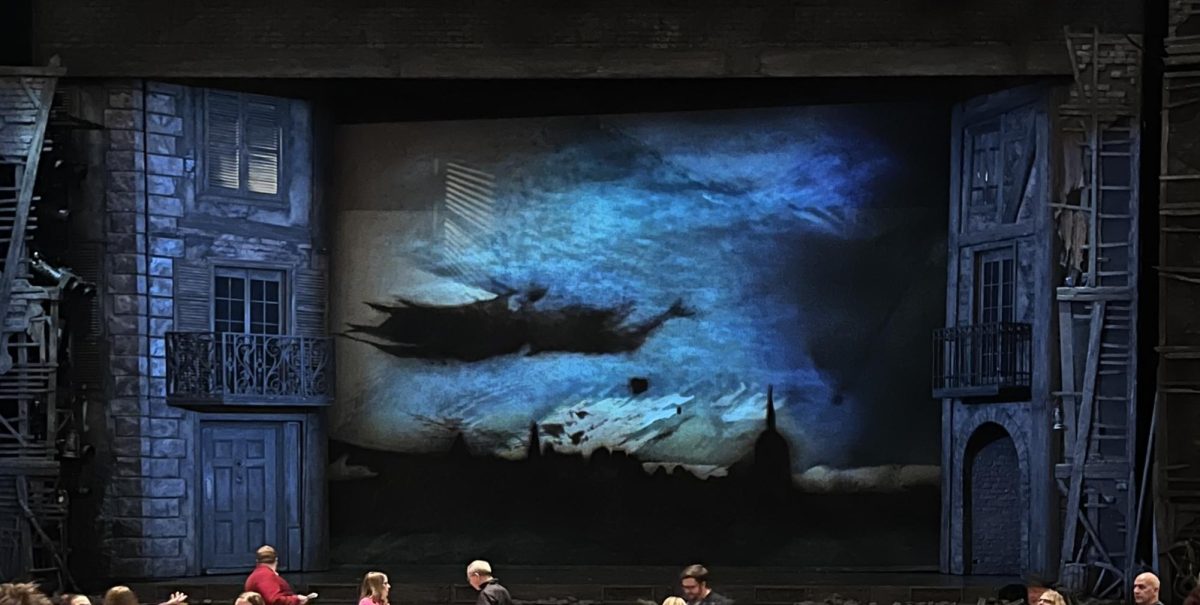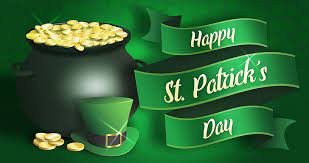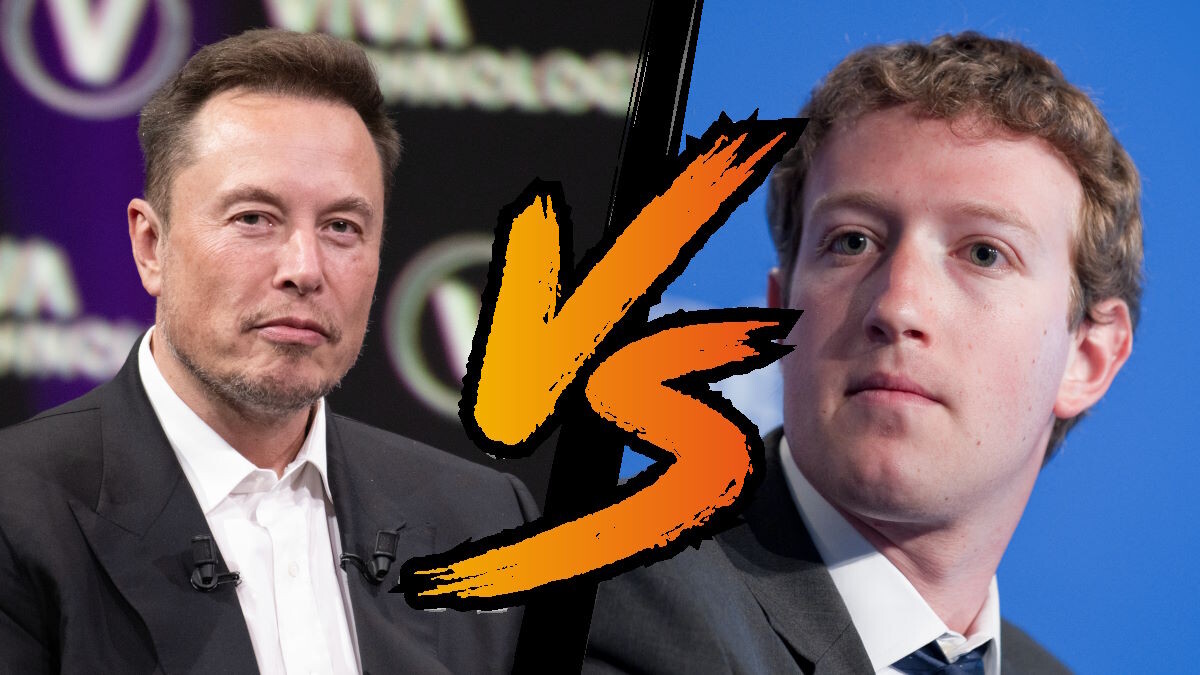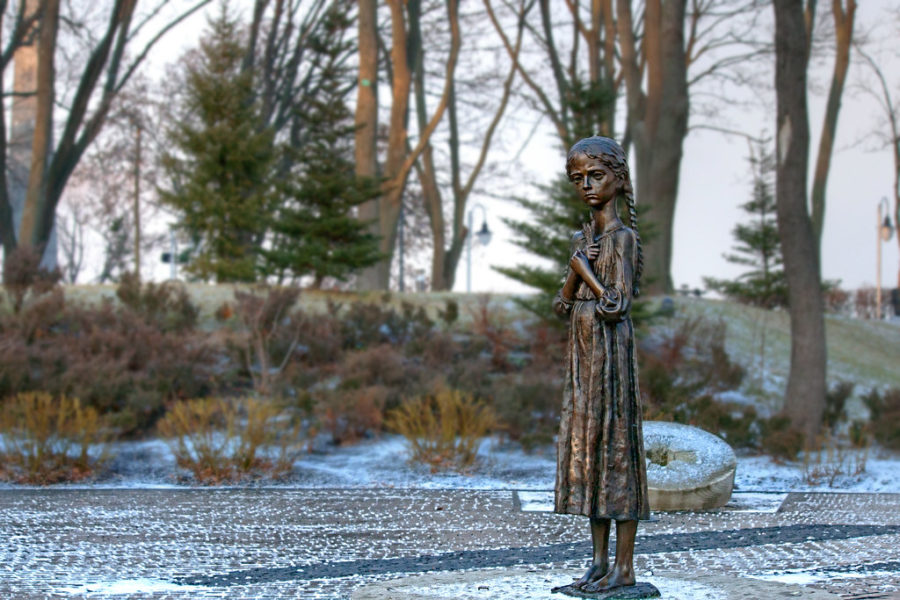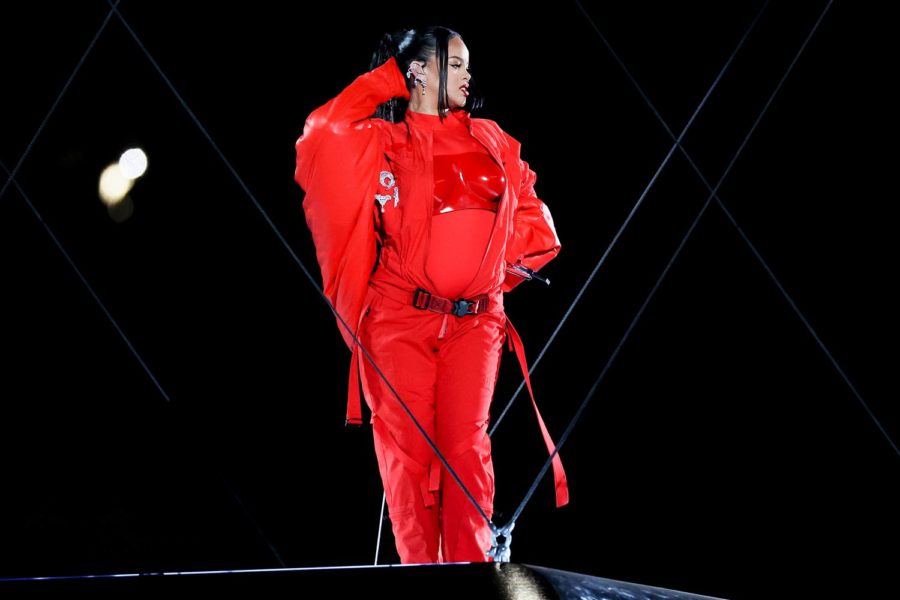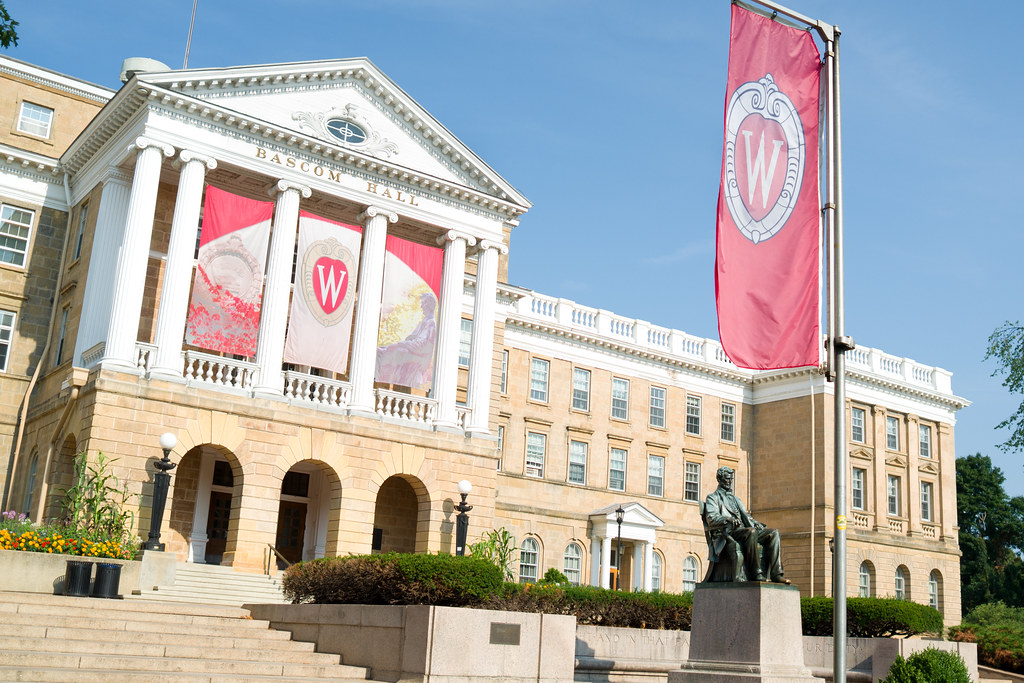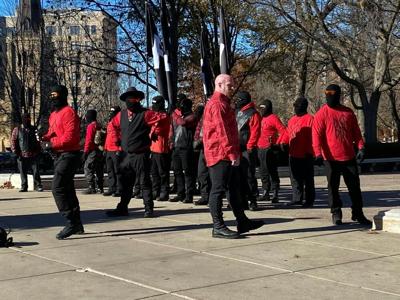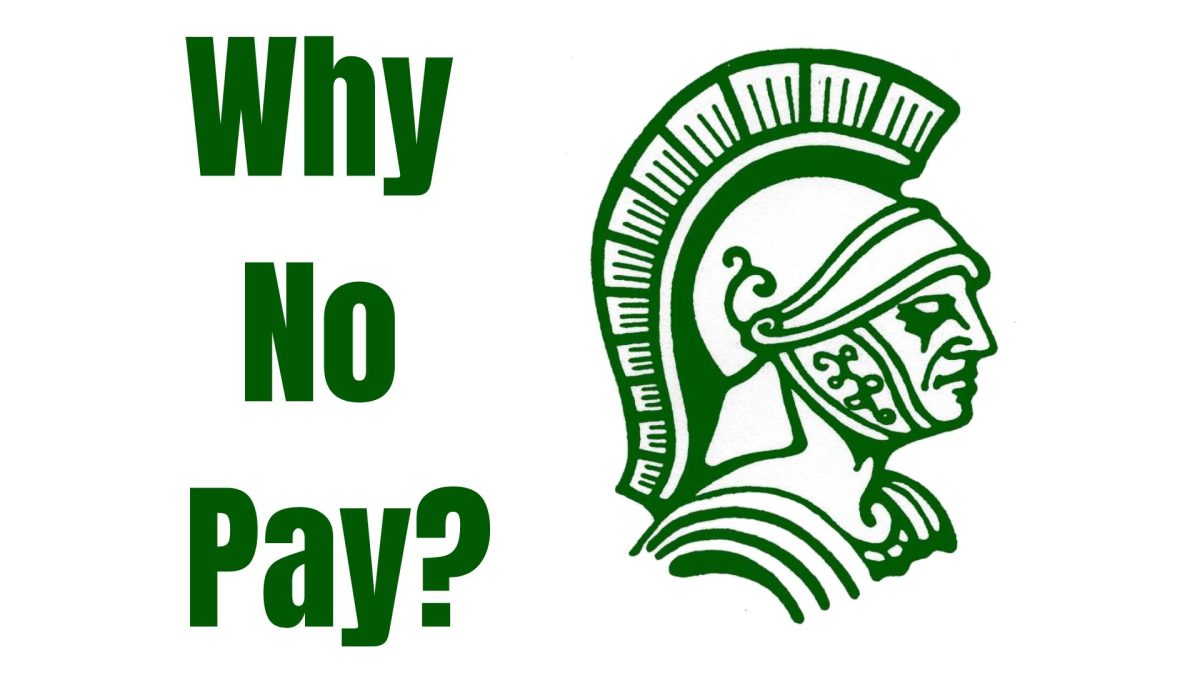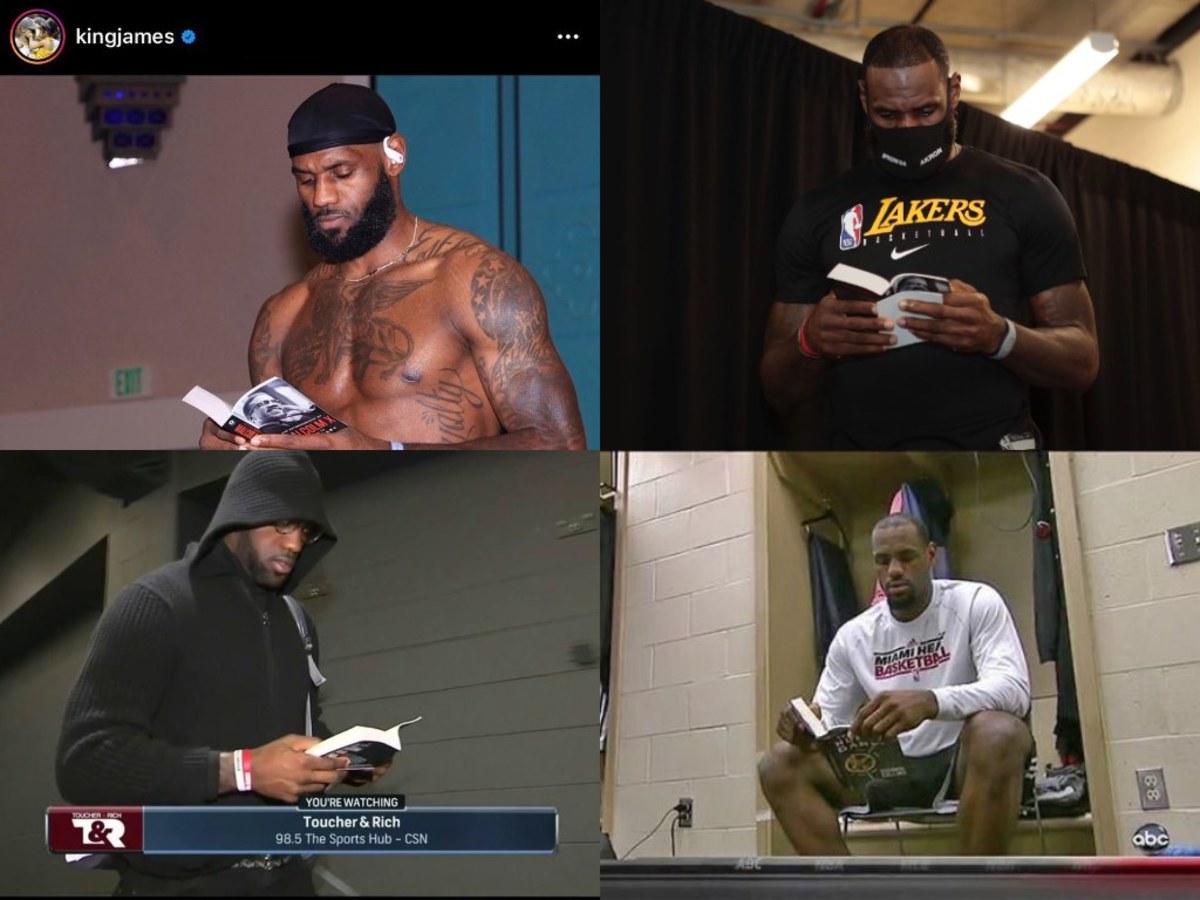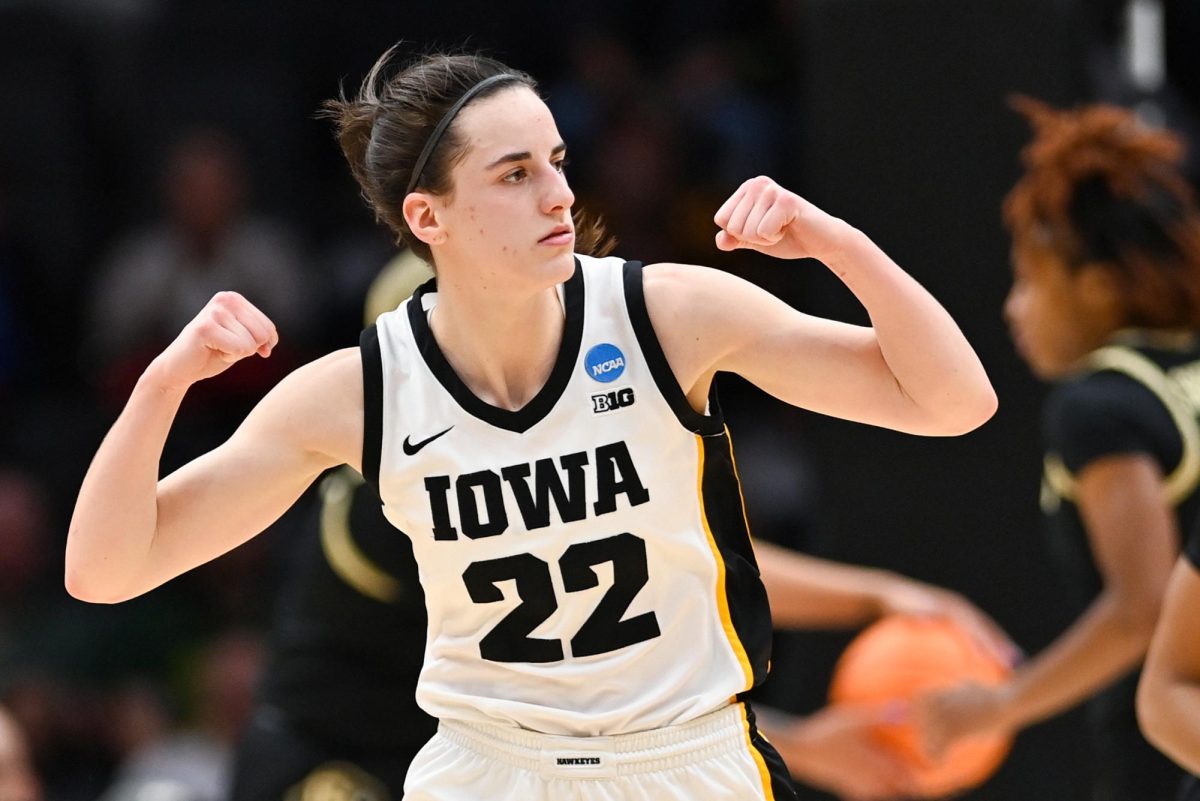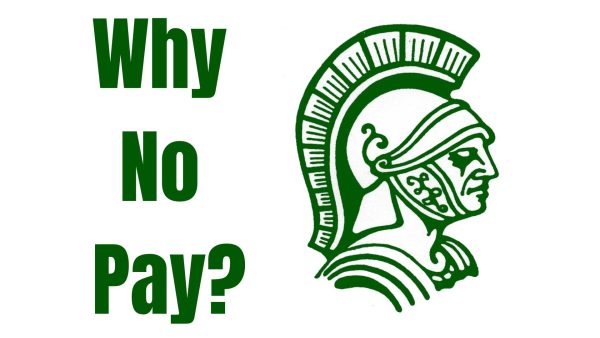The Nightmare Before Christmas is Absolutely a Christmas Movie
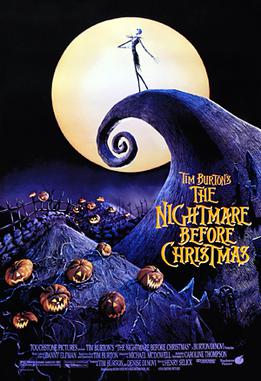
What a charming skeleton. Image by Disney.
December 12, 2022
It’s that time of year again, which means I’m digging up the oldest debate in film: Is The Nightmare Before Christmas a Christmas movie?
First, let’s define what a Christmas movie is: a movie that takes place during late December, featuring holiday themes and usually some message about family or the joy of giving. I refuse to talk about the propaganda produced by Hallmark. So this is the definition that we’re working with throughout the rest of this definitely academic essay.
And for those who haven’t seen the movie or would like a refresher, here’s a quick synopsis of The Nightmare Before Christmas: After getting bored with his day job, a skeleton man kidnaps Santa in order to take over Christmas. Unfortunately, a sentient sack of bugs messes up his plans. It’s a wild ride, and I highly recommend watching it—the animation is pretty classic.
With that out of the way, it isn’t immediately obvious that The Nightmare Before Christmas is most definitely a Christmas movie. I can point to three things in the film that make this evident: the title, the presence of the man himself, and the premise. Two of these points speak for themselves, but I’d like to expand on the third.
As I mentioned, the plot of the movie revolves around Jack Skellington—the pumpkin king of Halloween—trying to take over Christmas. His motivation? Dissatisfaction with how straight-foward his job has become. He wants something new and interesting. But by the end of the movie, he’s learned that while Christmas might not be for him, there’s still so much he can give to Halloween.
At its core, The Nightmare Before Christmas is about someone who learns to value not only what they have, but also what they can give to others. And what’s a more iconic Christmastime idiom than “’tis better to give than to receive?'”



